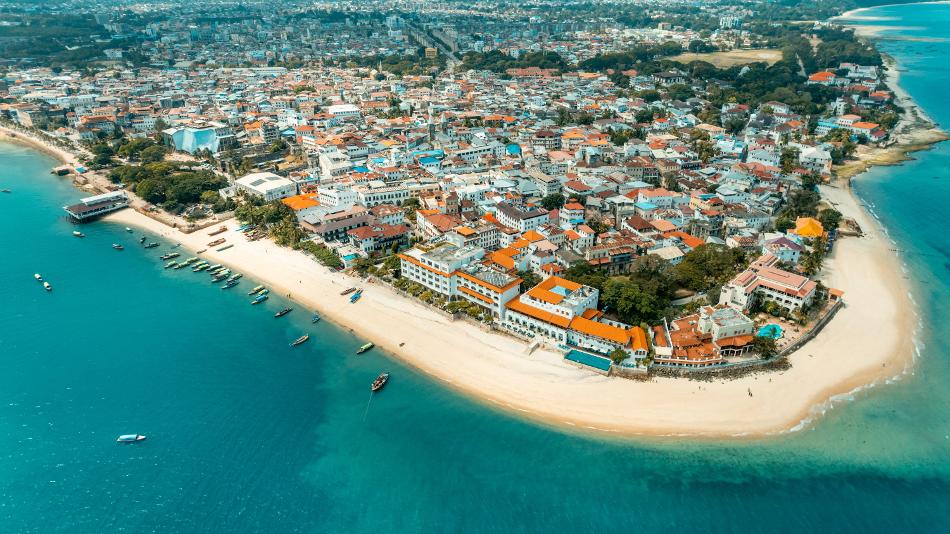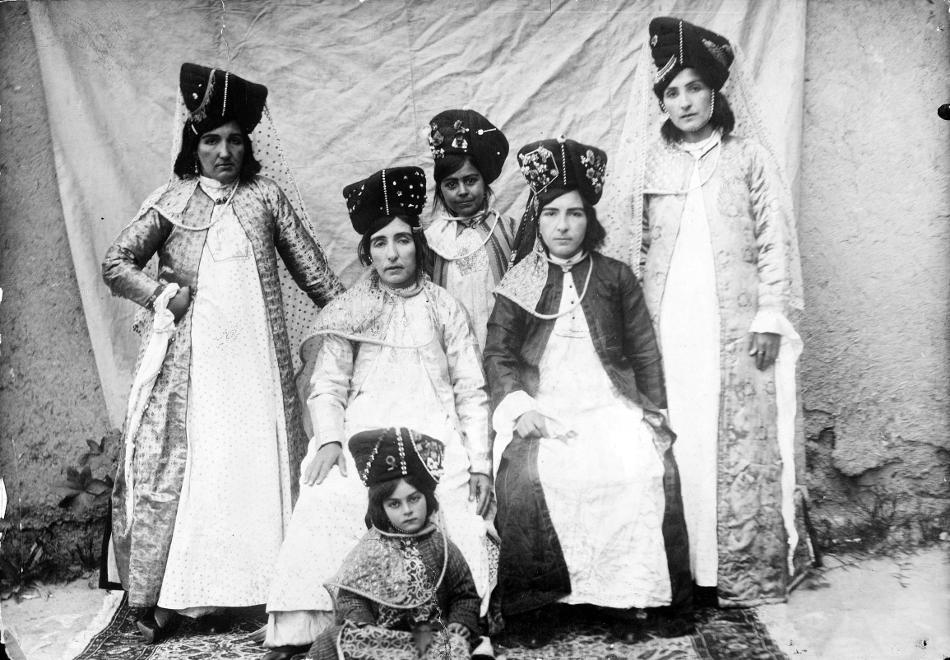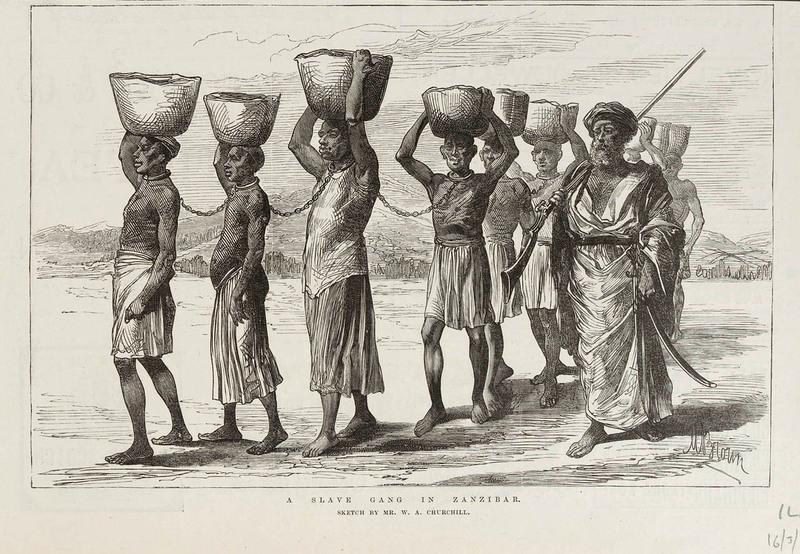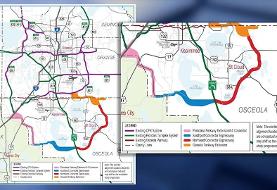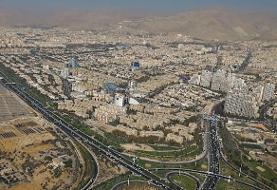The Influence of Persians and Shirazis on East Africa and Zanzibar
Zanzibar, as the Sultanate of Zanzibar, was a powerful East African Muslim state that controlled the Swahili Coast, with a history tied to the Persian Gulf through the Shirazi culture, which brought Iranian influences in architecture, language, and traditions to the East African coast in the 10th or 12th century. Recent genetic evidence confirms the existence of Persian roots among citizens of Zanzibar (now part of Tanzania).
The first Persian mass migration to the area was reportedly led in the 10th century by Shiraz governor Ali ibn Sultan Hassan, accompanied by his seven sons and 700 followers. Even today, certain words in the Swahili language have Persian and Shirazi roots, such as Kaka (Brother), Nakhoda (Captain), Rafighi (Friend) and Bandari (port/coast).
The word Zanzibar is rooted in Persian word "Zangbar" combining "Zang" (which in Persian, means black-colored area or people) and word "Bar" which means coast.
In the 9th century, Persian, Indian, and Arab traders frequented Zanzibar to acquire East African goods like gold and ivory and then shipped them overseas to Asia. In 1503, Zanzibar became part of the Portuguese Empire. In 1631, the Muslim Sultan of Mombasa massacred the Portuguese inhabitants and starting in 1698, Zanzibar came under the influence of the Sultanate of Oman. Until around 1890, the sultans of Zanzibar controlled a substantial portion of the Swahili coast known as Zanj, which included Mombasa and Dar es Salaam. Beginning in 1886, Great Britain and Germany agreed to allocate parts of the Zanzibar sultanate for their own empires!
Source: https://unitedrepublicoftanzania.com/the-people-of-tanzania/
Zanzibar City was the Swahili Coast's main port for the slave trade with the Middle East. In the mid-19th century, as many as 50,000 slaves passed annually through the port.
Control of Zanzibar gradually came into the hands of the British Empire; motivated both by a desire to control Zanzibar's clove and ivory exports, and in accordance with the 19th century movement for the abolition of the slave trade. In 1822, Captain Moresby, the British consul in Muscat, pressed Sultan Said to end the slave trade by signing the Moresby Treaty, the first of a series of anti-slavery treaties with Britain
With only four ships patrolling a huge swath of sea, the British navy were unable to prevent ships from France, Spain, Portugal, and America continuing to carry slaves from Zanzibar. In 1873, British consul Sir John Kirk threatened Sultan Barghash with a total blockade of Zanzibar, forcing Barghash to reluctantly sign the Anglo-Zanzibari treaty. This abolished the slave trade, closed all slave markets, and protected liberated slaves in the Sultan's territories.
Zanzibar has been known for its trade networks and its blend of Arab, Persian and African culture. Zanzibar's population is almost entirely Muslim. Today, the Shirazi or Mbwera make up an ethnic group living along the Swahili coast.
In April 1964, the republic merged with mainland Tanganyika. This United Republic of Tanganyika and Zanzibar was soon renamed, blending the two names, as the United Republic of Tanzania, within which Zanzibar remains an autonomous region.
Related to Africa:
- Fertilizer from Iran Saves World Cocoa and Chocolate Industry
- In Pictures: Tunisia's Popular President Drives His Iranian-made Vehicle to Work
- The Heart Surgeon Turned Comedian: The Connection to Kambiz Hosseini
- US experts: Iran closer to US interests than Saudi, Pakistan, Egypt
- Think Tehran is pricey? Check out these global real estate markets
- Iranian Cheetahs on the National Geographic (video)
- Shirin Neshat's next film project: Iconic Egyptian singer Umm Kalthoum
- Archbishop Desmond Tutu: A Message for Iranian people and leaders
- Shocking Video: 'Blue bra' girl brutally beaten by Egypt military
- Iran used "Kentucky Fried Chicken" to start Egyptian Revolution!

